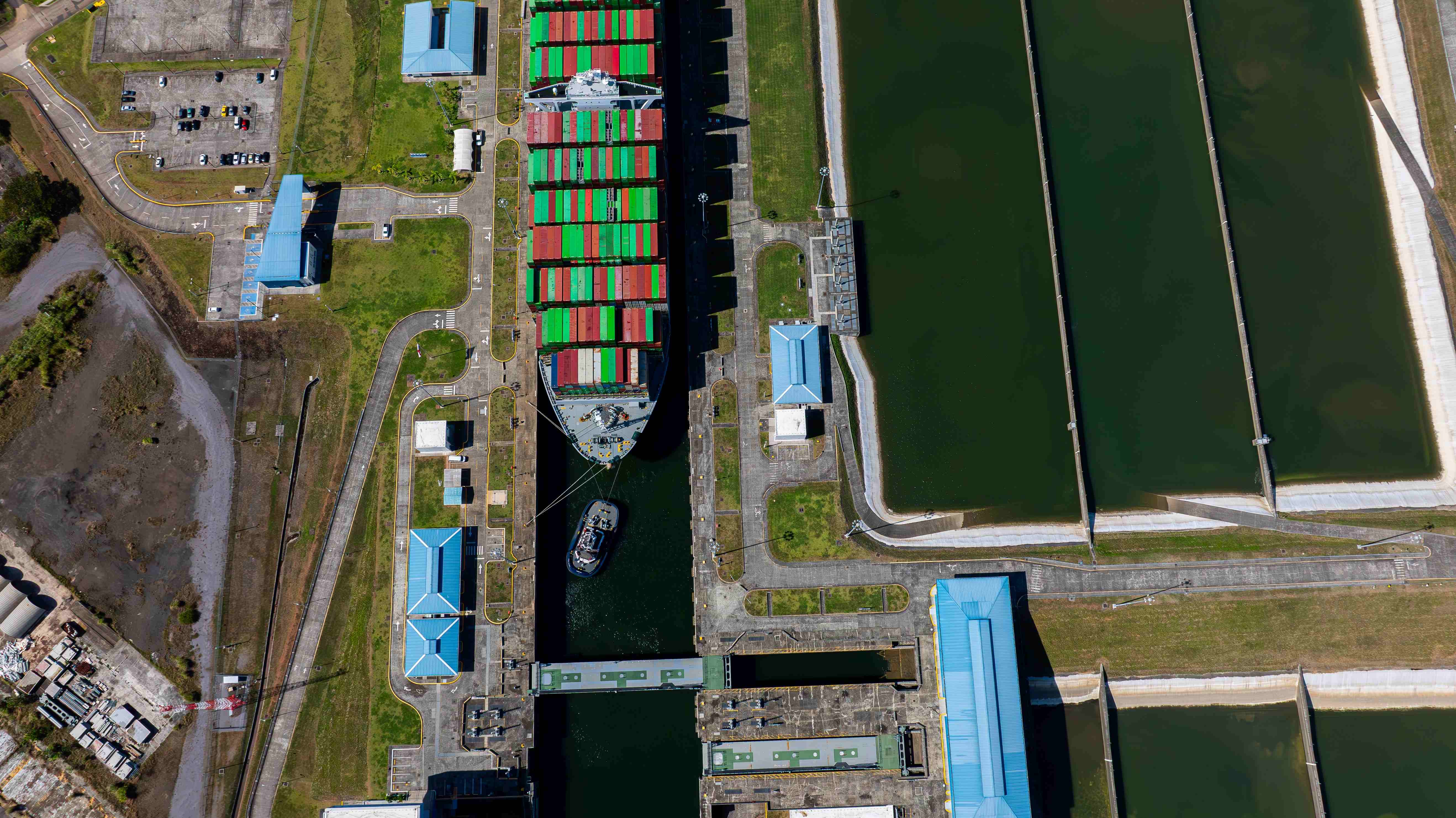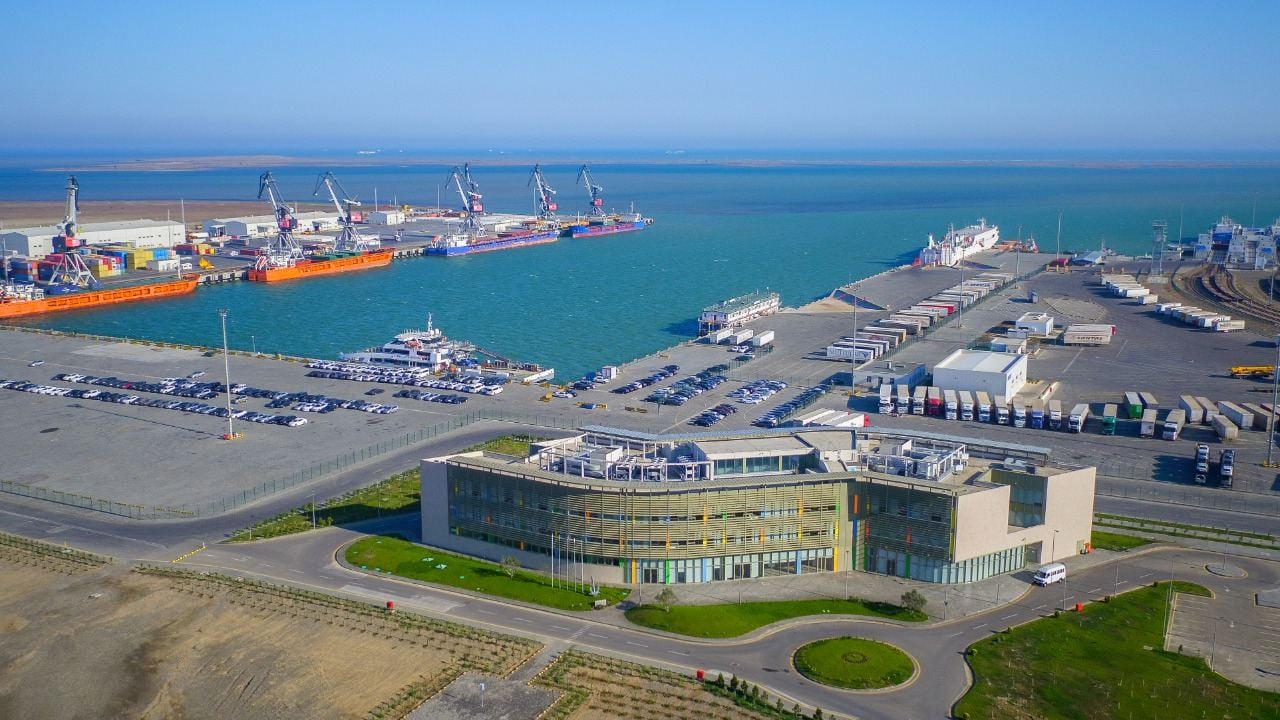Ports need to adapt to US $67bn climate change threat
Leadership Insights newsletter story
Efficient ports are an essential link in maritime supply chains, connecting sea and shore, however their coastal position makes them vulnerable to climate change impacts.
Leadership Insights newsletter story

Ports are making moves to invest in infrastructure and greater flood protections to protect against the costly threat from climate change.
The forecast for global mean sea level increases has been revised upwards repeatedly in recent years, but current expectations are that by 2100, sea levels will be between 43 cm and 84 cm higher compared to the 1995-2014 average.
The University of Oxford’s Environmental Change Institute published a study in January 2024 which stated that 86% of ports globally are exposed to more than three climate-related and geophysical hazards.
The study found that absolute risk was highest in the large ports in high-income countries of Asia, the Gulf of Mexico, and Western Europe, but that the impacts of climate risks to ports could be higher in middle income countries. Of a total climate risk to ports of US $7.6bn per year, most was attributed to tropical cyclones and river flooding.
“On top of the physical damages, port downtime associated with these natural hazards puts trade worth US $67 billion at-risk every year, which could result in costly delays, revenue losses, and impacts to the wider economy,” said the report.
Without action, it is likely that the impact of climate change on ports will not only be costly but have a major knock-on effect to trade flows around the world, with events such as disruptions in the Panama Canal due to drought liable to become a much more common occurrence.
Potential impacts to port operations
Ports are employing various mitigation and adaptation measures to prepare infrastructure to endure the impacts of climate change and reduce their own greenhouse gas (GHG) emissions to minimise global temperature increases.
Infrastructure planning can take a long view into the future. The UK Government has already started planning on its Thames Estuary 2100 initiative which will prepare flood defences along the river to handle the higher sea levels of the late 21st century. By 2040, a decision will be made as to whether the Thames Barrier is upgraded, converted, a new flood barrier is placed elsewhere along the river, or tidal flood storage areas are created.
Similar decisions are being made by governments the world over. Singapore is exploring the use of sea walls, polders, and mangrove cultivation to protect coasts, and is investing US $1bn over five years in improving drainage infrastructure. Even Tokyo’s famous extensive underground flood defence network is being upgraded to cope with increasing climate risks under the 2022 Tokyo Resilience Project.
Port operators are also taking steps such as allowing remote access of IT infrastructure and installing backup generators for critical port systems to minimise disruption in extreme weather events.
ABP’s recently launched masterplan for decarbonised growth at the Port of Newport which includes specific planning for flood mitigation, accounting for rising sea levels and a 1-in-200 year flood event. Measures under consideration include using dredge material to raise ground levels and flood resilient building designs.
Henrik L. Pedersen, CEO of ABP, told ICS Leadership Insights: “Climate change is an era-defining challenge, but it is also an opportunity to scale innovative new industries to leave an optimistic legacy for generations to come.”
A looming threat
It can be hard to prepare for the unknown. However, Giulia Sforzi, Principal Engineer at independent civil engineering and environmental hydraulics organisation HR Wallingford told ICS Leadership Insights that the rising mean sea level is the most significant climate impact risk to ports, with increased frequency and intensity of storm events a further major risk.
“Other climate change impacts, which need to be considered for ports, particularly in certain parts of the world, are bigger storm surges, more precipitation and more intense precipitation at times, changes to wave conditions and increases in the occurrence of major tropical cyclones,” said Sforzi.
Long term planning is essential if the global supply chain is to remain resilient. Extreme sea level events that are currently viewed as a once in a hundred years’ event are expected to become common by 2100, according to the Intergovernmental Panel on Climate Change (IPCC). Compounding this challenge to port environments, extreme weather events are also expected to become more frequent, increasing the risk to infrastructure.



